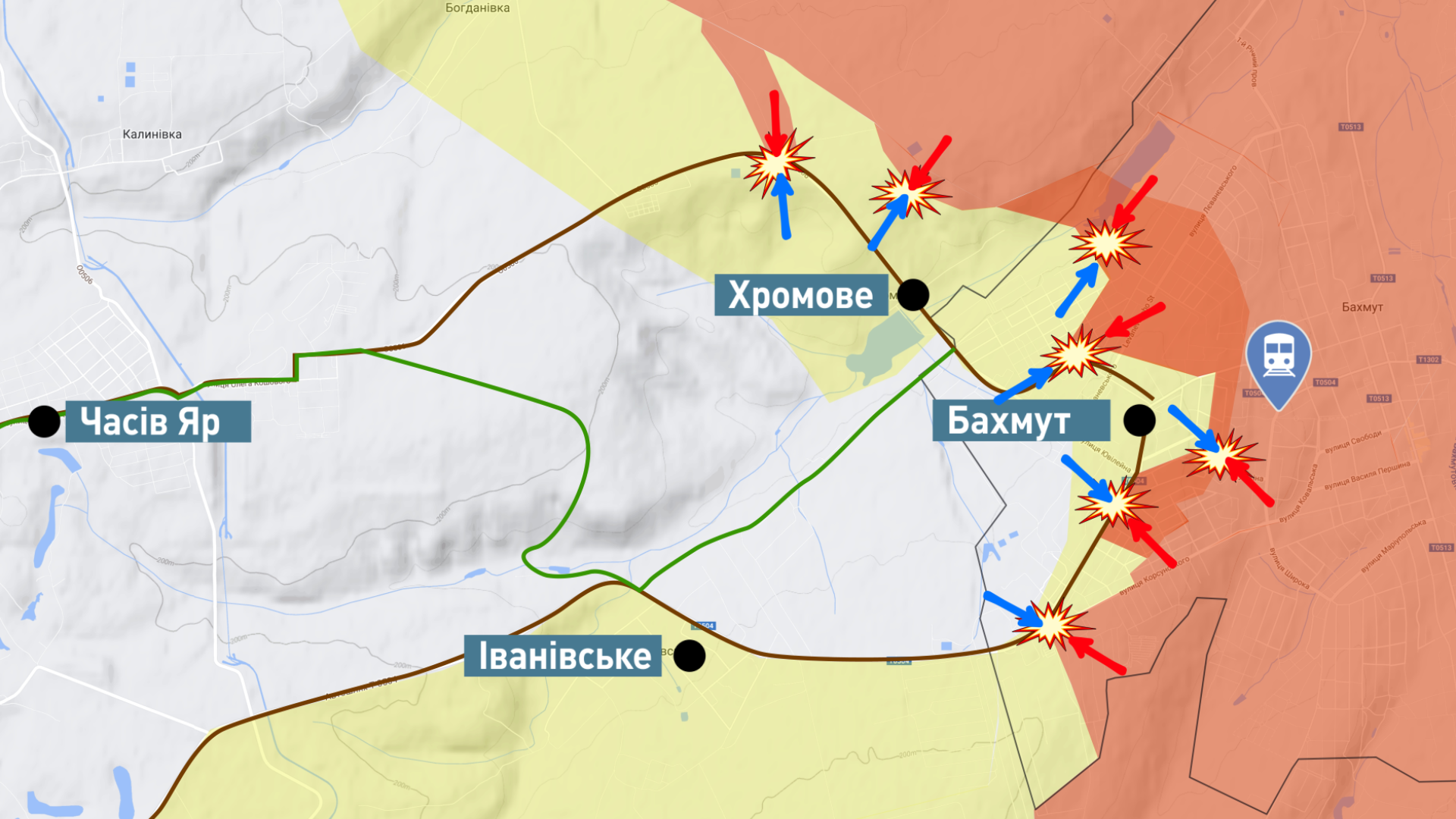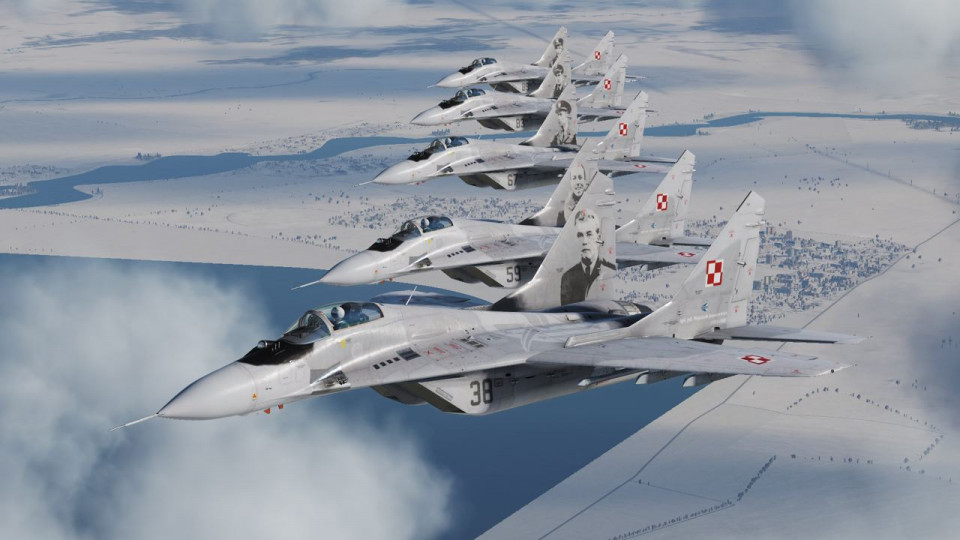
Battle for Bakhmut goes on despite Russia's plans. Military expert Serhiy Zgurets
Over the last day, the intensity of artillery fire on both sides has increased significantly, neither side has a shortage of ammunition
The battle for Bakhmut
Let me start with Bakhmut. Over the past day, the intensity of artillery fire on both sides has increased significantly, and neither side has a shortage of ammunition. We remember that the Wagner PMC wanted to receive up to 6,000 shells per day from the Russian Defense Ministry to continue the fighting in Bakhmut. It seems that Prigozhin's blackmail of Shoigu and Gerasimov worked. Yesterday, Serhiy Cherevatyi, Ukrainian spokesman for the Eastern Military Grouping, said that the Russian occupiers are not suffering from a ‘shell hunger’, as more than 25,000 shells are used daily in the Bakhmut and Lyman-Kupyansk directions. This is a lot, because for comparison, the average amount of ammunition used by the Ukrainian army per day is between 4,000 and 5,000 rounds.

Russia is using artillery with incendiary ammunition and aerial bombs, as well as Lancet attack drones. Ukrainian self-propelled artillery units are protected by stretching their nets in two layers, and it really does its job.
Despite the losses, Russian troops did not abandon their intentions to take Bakhmut, and over the past nine months they have had 20,000 casualties in the Bakhmut direction. This is reported by both Ukrainian officials and soldiers on the front line. As an example, I'll quote the commander of the 127th Brigade of the Ukrainian Armed Forces, Roman Hryshchenko, who said that Russia deploys more Wagner fighters and is now worried about the fate of its troops on the flanks. We remember that paratroopers are there, and Prigozhin hinted at their weakness in his statements.
Right now, there are signs of active actions on Ukraine’s part on the flanks. Recently, the commander of the Terra unit reported that Ukrainian forces had advanced by 1 km in some areas, and he added that more is to come. It is not yet known where exactly, but the dynamics on the flanks are beginning to change due to the support of Ukrainian artillery.
Nevertheless, Russia is trying to advance westward in the city itself. Fighting continues in the high-rise buildings. Some buildings are coming under the control of either Ukrainian troops or Russian. But the main thing is that the supply routes for the Ukrainian Armed Forces are working. Evacuation of the wounded has also been organized, we are talking about the basic routes through Khromove and Ivanivske. Dirt roads are also being used for logistics. Russia tried to break through to Khromove, but suffered further losses. So the battle for Bakhmut continues despite Russia’s plans to capture it.
Ukrainian snipers on the front line
Yuriy Chornomorets, a sniper with the Ukrainian Armed Forces, said that there are snipers in units that do not actually leave the outskirts of Bakhmut or the city itself. There are also special sniper groups that have now left Bakhmut. And many groups that trained in the military units and in brigades have come in. Young snipers are working under the guidance of experienced ones. These are the new groups that have entered Bakhmut today. There were concerns about whether they would be able to fight, but now we know that they are doing as well as the professionals. And the professionals are now resting before the big events. They are already preparing for the next leaps and bounds. The construction line in Bakhmut will be reinforced with more units. Chornomorets noted that there is a need for a Barrett M107, a sniper rifle. The Barret is used in the US army during assaults, for operations from armored vehicles and helicopters. A few Barrett rifles have now been brought to Ukraine. This weapon is more compact and reliably covers a distance of 1.5 km. When Russian troops try to hide behind the iron, the reinforced ammunition will allow to destroy them.
The impudence of Russian pilots over the Black Sea
Next, let's talk about the demonstrative impudence of Russian aviation in the Black Sea. Let me remind you that on May 5, a Russian Su-35 aircraft dangerously intercepted, or rather attacked, a Polish unarmed L-410 Turbolet aircraft belonging to the Polish Border Guard. The L-410 Turbolet was on a mission to control the external borders of EU member states in the Black Sea. And today it became known that the Frontex mission's patrol flights over the Black Sea were temporarily suspended due to this dangerous incident.
Dariusz Materniak, head of the Center for Polish-Ukrainian Studies, noted that the Russian fighter jet flew very close to the Polish aircraft at a distance of up to 5 meters and provoked such turbulence that the pilots of the Polish aircraft partially lost control of their machine. It is very good that a disaster was avoided and the Polish pilots regained control of the aircraft. It's important to say that this all happened outside the airspace of Russia or any other country, i.e. it was over the international waters of the Black Sea. Accordingly, both Polish aircraft and those of Russia, Ukraine, or any other country have the right to be in that space. It is clear that there are encounters between aircraft there, one of which occurred on May 5, but on the other hand, this is not the first such dangerous incident that could theoretically end in a disaster. There have already been such cases involving American and British aircraft in the Black Sea.
Following my Polish colleague's professional commentary, I would like to mention another important event of this day: the Polish Minister of Defense announced the delivery of 10 MiG-29 fighter jets to Ukraine. We remember that Poland planned to give us 14 fighter jets. And now Ukraine has received 10 MiG-29s, some of which are already performing combat missions to protect Ukraine’s airspace.

- News













































